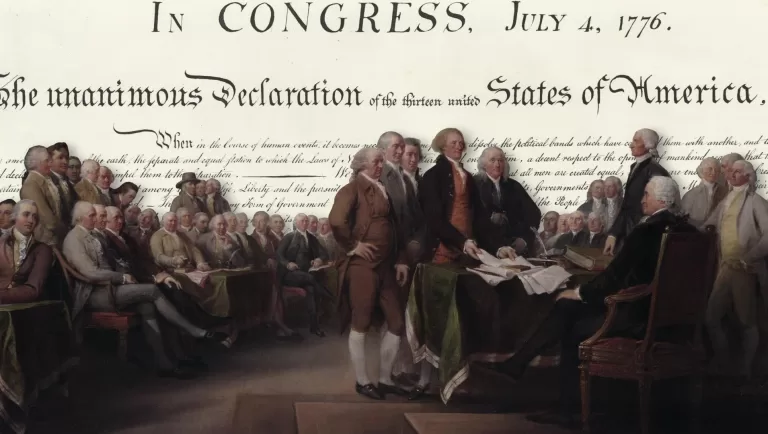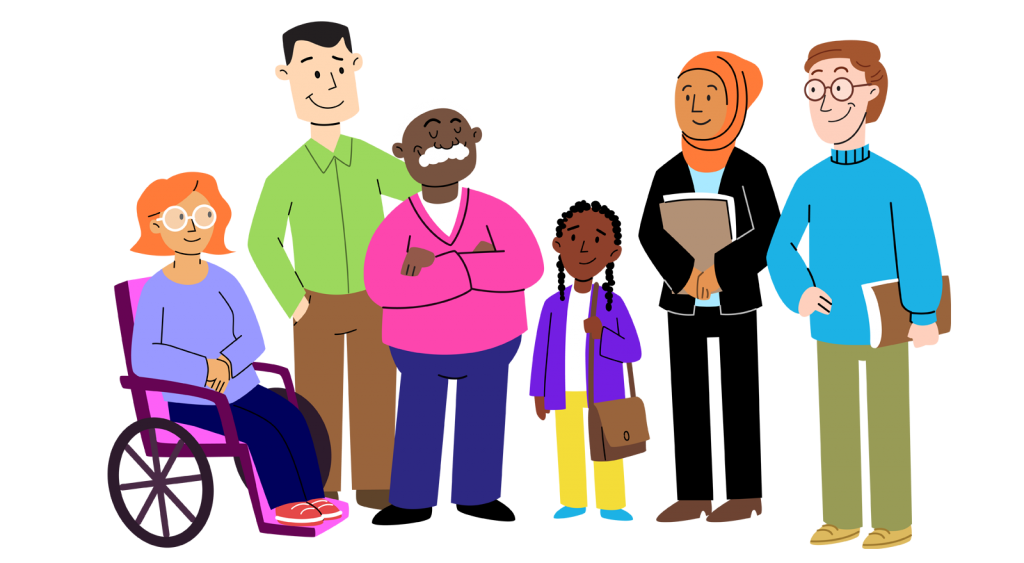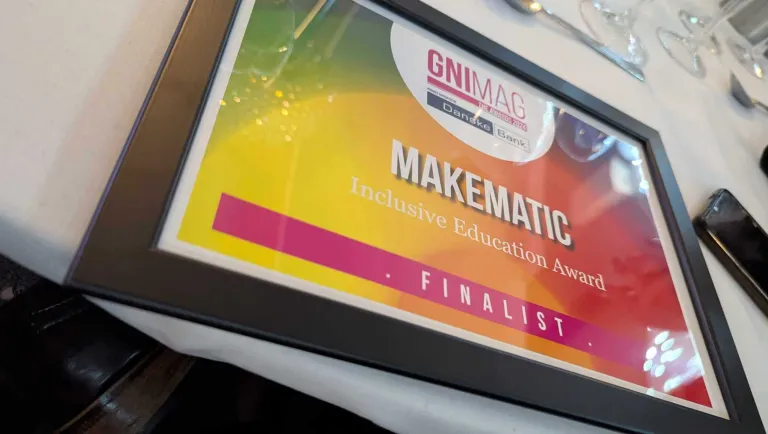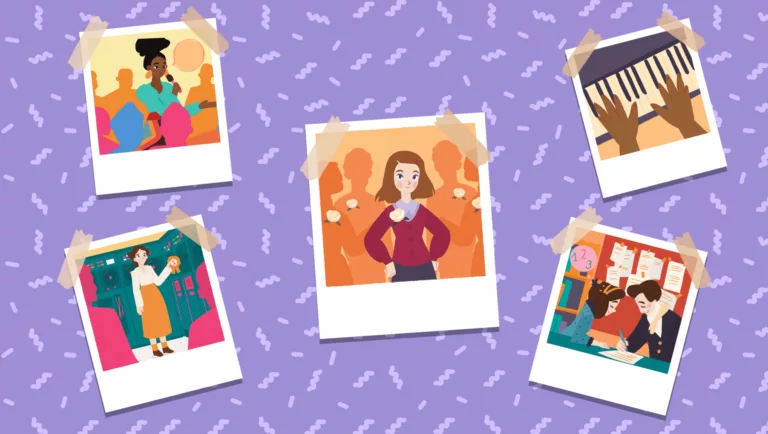
6 Ideas To Raise Intercultural Awareness With Your Students/Children
Do you have a diverse mix of cultures in your classroom? Do you think they have a strong understanding of their own culture and those of their peers? How do they communicate across these cultures and overcome differences? Many people tend to think that “kids will be kids”. They will find a way to communicate. Though, quite often, they are under equipped and lack support to try and understand cultural differences.
As part of my 21st Century Skills blog series, we will explore six practical ideas on raising your students’ cultural awareness.

Why Raise Cultural Awareness?
As a geography teacher, I once had a lesson with a year 8 class on Introduction to Travel & Tourism. We brainstormed what it means to be a tourist and why people want to travel. No surprise that curiosity to learn about other cultures came up. However, when I asked what the benefits of learning about other cultures were, the students reached a dead end. I explained that one of the benefits of cultural knowledge and awareness was conflict resolution. This subsequently leads to building stronger relationships. By developing an understanding of how other cultures communicate, we can avoid misunderstandings and find common ground. To my surprise, my students found that difficult to grasp. They were unaware that their own culture is all that different to others, that they were just differences in personalities.
So how can we bring cultural awareness into the classroom more explicitly? Here are six lesson ideas you can try out. They can be delivered as six separate lessons or you can pick and mix as you see fit. It all depends on the students’ current cultural competence, age and group size. These resources are aimed at age 11+.
1 - Defining "Culture"
Culture is quite often intangible and asking students how they interpret culture can bring up lots of different perspectives. Explore with them how culture can be visible and invisible. You can draw on the concept of “The Culture Iceberg” as theorised by anthropologist Edward T. Hall. Use this video to introduce this concept.
2 - Appreciating Different Cultures
It’s natural as human beings to always try to rank things into hierarchies. There can be a tendency for young people to do this even with different cultures. Students need to become aware that cultures are different and not necessarily better or worse. Nurturing their appreciation for other cultures and embracing differences is a vital starting point. Here’s a video you can show your students on why appreciating different cultures is important.
3 - Seeing The Big Picture
As kids, it’s normal for them to live in their own bubble. As educators, it’s our job to broaden their vision and empower them to see themselves in the big picture. When students can see themselves as part of a global picture, they will start developing a sense of global citizenship. Becoming more humble along the way. Check out this video that helps students understand their place in the big wide world.
4 - Cultures Can Change
Just as culture doesn’t fit into a hierarchy, it’s also fundamental to understand that culture is dynamic and fluid. This is particularly relevant in adolescence and young adulthood when they will come under countless new influences and experiences. You can use this video to introduce the idea that culture is not static. This helps develop self-awareness of their ever changing cultural identity as they grow up.
5 - Monocultural, Bicultural, Multicultural
Many adolescents experience an identity crisis during their teenage years or even early adulthood. Growing up in multicultural environments can even lead them to ditch one of their cultures. Rather than embracing their multicultural identities, they may choose to become monocultural instead, as a way to fit in. As such, developing students' appreciation and fostering a bicultural and multicultural identity is vital. They need to understand that it is totally “normal” to have a combination of cultures in their identity. This video sums that up nicely.
6 - How Culture Is Shaped
At this point, students are starting to understand the complexity that makes up their cultural identity and those of others. That culture is learned through family and traditions, or even eating and arts. By knowing what shapes their culture, they will start becoming more self-aware in developing their own cultural identity. They will also start to understand why others may behave differently according to how they were shaped culturally. This video explains very well how culture is shaped.
Developing cultural awareness is not high on mainstream education curriculum. Nevertheless, its importance cannot be overlooked, as companies invest more on culture and diversity training programs, year on year. Numerous researches have suggested that strong foundation of cultural awareness can lead to more successful careers. More importantly, they will also develop stronger and more positive relationships in their personal and professional lives.
If you found this useful, make sure you subscribe to one of our social media channels. I will be sharing more practical tips on teaching 21st century skills in future blog posts. At Makematic, we have hundreds of free bite-sized videos that you can use in the classroom. From history and civics to global citizenship and creative coding.


